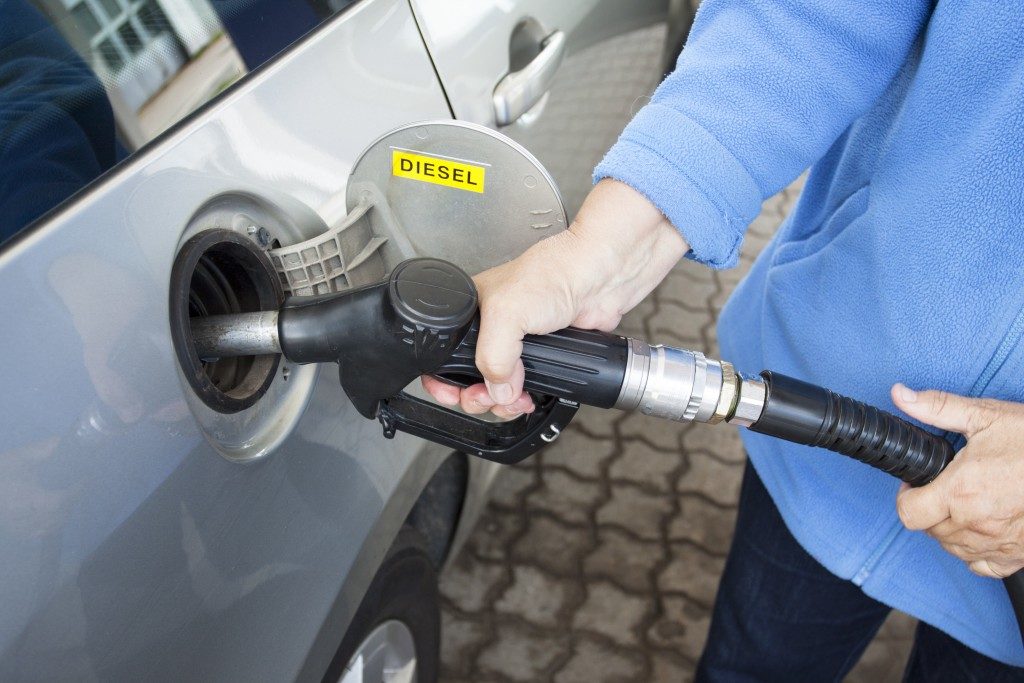What’s in your fuel tank? It may be gasoline, but that’s not the only type of liquid fuel available for us to use. Over the years, we’ve come up with different formulations that can serve us better given the type of machine and the purpose the machine serves. Knowing the difference between these types of fuel can help you in many ways.
It’s not just the fuel; the tanks matter as well. Poly fuel tanks and regular engine tanks have very different capacities and maintenance requirements, so knowing the type of fuel and the way it affects your vehicle is key to making sure it lasts for a long time.
Petroleum
It’s important to distinguish petroleum, as this is a special case. Most, if not all of our fuel products come from petroleum, the distilled form of the fossilised remains of plants and animals. It has a variety of uses and can be changed into several different forms, but it’s far from a general workable fuel source unless further refined into the following chemicals.
Gasoline
The most common type of fuel that we use is gasoline. Made by refining petroleum from crude oil, gasoline powers many of our motor vehicles and machines today. The fumes from this chemical’s ignition make our internal combustion engines work, but also makes any leak of the material very dangerous. That is why most gasoline fuel tanks need to be inspected regularly and built properly to avoid potential health and safety hazards.
Diesel
 The cruder (and therefore cheaper) form of gasoline, diesel is seen as an acceptable substitute for cases where a large amount of fuel is required for a vehicle to run. This is why most of our heavy machinery uses a diesel engine. Since power is the requirement and not refinement, we can substitute the somewhat weaker gasoline with the stronger diesel.
The cruder (and therefore cheaper) form of gasoline, diesel is seen as an acceptable substitute for cases where a large amount of fuel is required for a vehicle to run. This is why most of our heavy machinery uses a diesel engine. Since power is the requirement and not refinement, we can substitute the somewhat weaker gasoline with the stronger diesel.
Kerosene
On the other hand, kerosene is a liquid fuel that’s best used for low-consumption machines like stoves and heaters. It’s made from a mixture of oil, petroleum, and wax. Kerosene has seen a rise in usage due to the fact that it can be easier to manufacture than gasoline and petroleum, but is offset by the availability of kerosene resupply stations and how limited its application can be. Kerosene is also a cheaper type of liquid fuel use in households and commercial facilities.
Liquefied petroleum gas
Liquefied petroleum gas or LPG is a mixture of propane and butane, creating a compound that can be easily stored in tanks because of its easily compressible conditions. Far denser than air, this type of fuel can be gathered from a source other than petroleum, making it a viable alternative to the usual fuels of gasoline and kerosene.
Undoubtedly, as the years go by, we’ll have access to better and more efficient types of fuel. Synthetic fuels have already been developed and are currently branching out to a more commercial audience. Biodiesels have taken the lead in creating environmentally friendly fuel. With the continuous technological advancements, the future looks bright for the next generations who will need to use liquid fuels.


